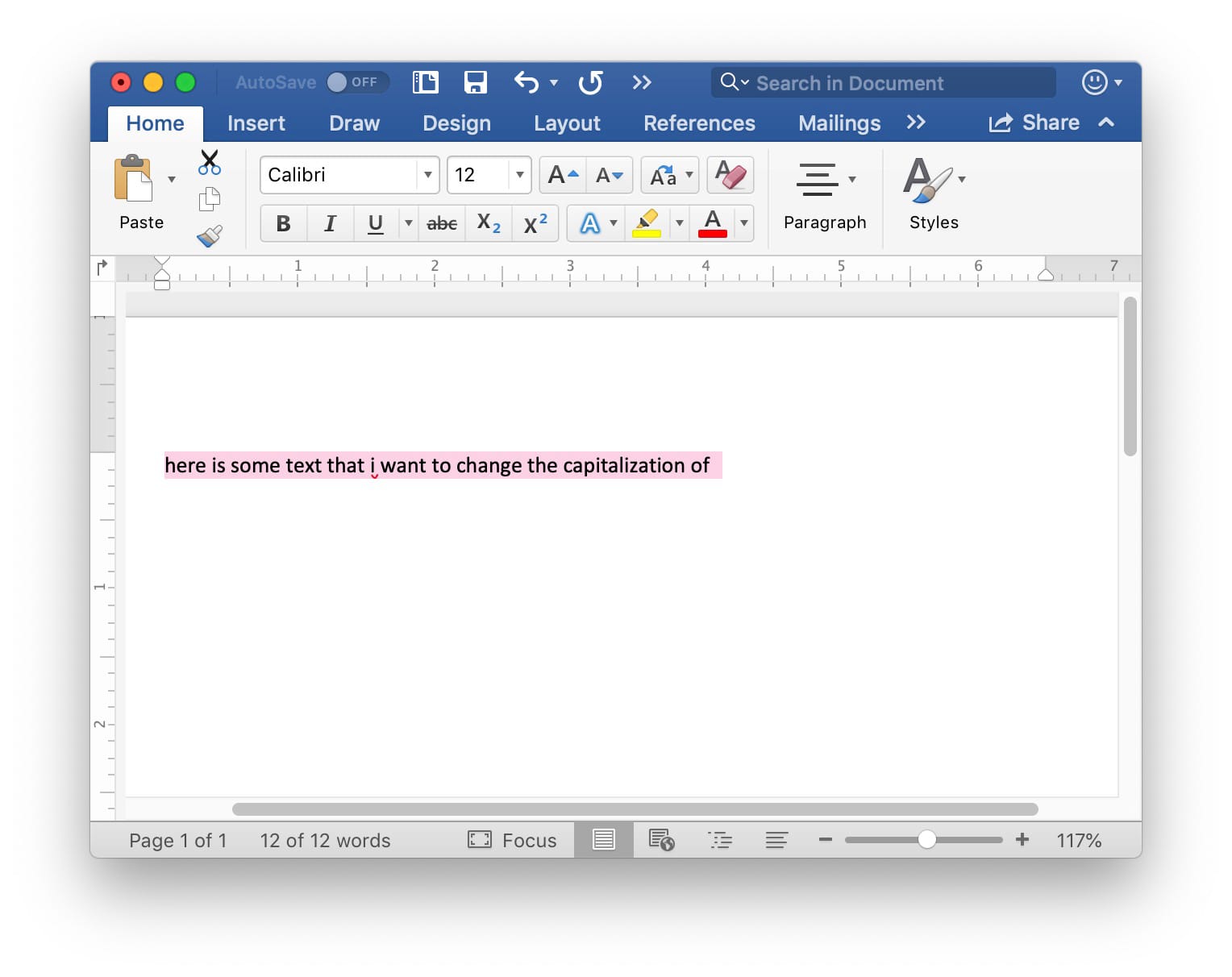

#Shortcut change case in word software#
Other irregulars include mixed case nouns and proper nouns, most famously like software and hardware by Apple: think of " iTunes" and " iPod", whose first letter should never be capitalized, even when it opens a title or sentence. Sometimes, you'll want Word to respect your capitalization: examples include acronyms, which should remain uppercased - and since Microsoft Word isn't familiar with all acronyms, you are bound to run into acronyms that it will interpret as regular nouns. Prevent Word 2010 from automatically capitalizing (You will need to hit Shift+F3 three times to get to sentence case or title case, the schema below is simplified for clarity.)Ĭaveat: the automatic conversion to title case Word 2010 offers isn't a proper " MLA" style title, since articles and prepositions will be capitalized as well. Between which of these two Word 2010 will opt depends on the content of the current text selection: if it includes a period, Word will use sentence case otherwise, it will convert to title case instead. " Sentence Case" will convert the first letter to a majuscule and show everything else in minuscules " Title Case", on the other hand, will capitalize the first letter of every word.
#Shortcut change case in word full#
When the selected text is completely lowercase, Word will first capitalize it, and invert to full uppercase the next time you press the Shift+F3 keyboard shortcut. When the selection is fully capitalized, Word 2010 will invert the case to full lowercase, or sentence case (see below). When the text selection includes unusual capitalization (such as uppercase letters in the middle of a word), Microsoft Word will start by "rectifying" to what it perceives is the proper casing: generally, this means either full lowercase, or all lowercase with first letter uppercased:

This is the three-part cycle for a single, lowercase word: but the behavior of this keyboard shortcut is "contextual" - its action will depend on the text currently selected, and its own casing.

But Word can't always guess right: however, if you make any mistake that pertains to capitalization, you'll have to learn a handy keyboard shortcut that allows you to change between uppercase, lowercase, title case or sentence case, and invert the current casing selection of a selection of text. Microsoft Word is designed to streamline composition and text editing operation, even sometimes coming to your rescue by correcting what it perceive as accidental mistakes - one such example is to forget the leading uppercase at the beginning of a document, title, or following a period another is to detect if you have accidentally left the " CapsLock" key engaged.


 0 kommentar(er)
0 kommentar(er)
